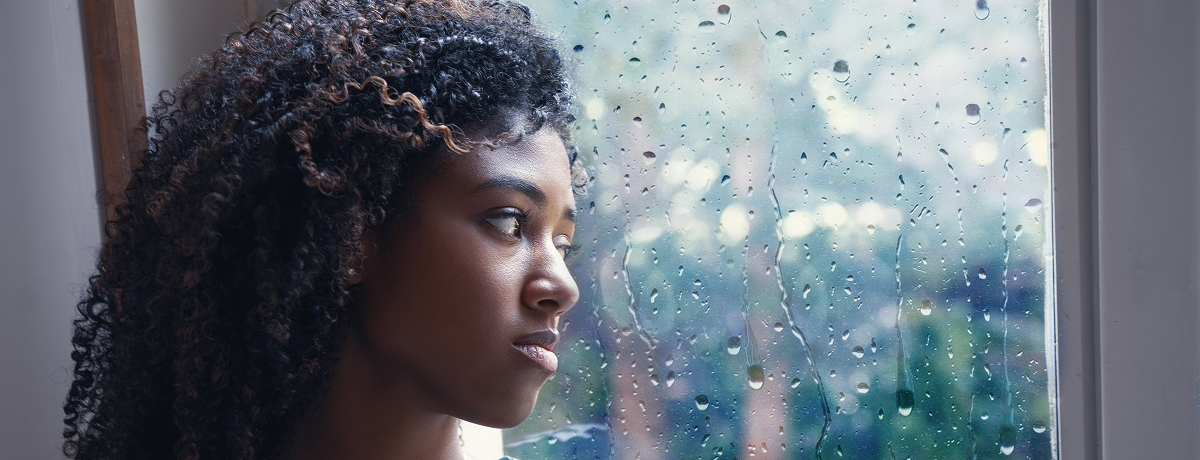Seasonal Affective Disorder: A Complete Guide

Does your mental health take a dip after the weather changes?
If so, you might struggle with seasonal affective disorder (SAD). Known in colloquial speech as the winter blues, this condition can cause mental health difficulties for a prolonged period of time. If you’re experiencing SAD, you can take some actions to alleviate your struggles.
Below, we’ll get into the particulars surrounding seasonal affective disorder. We’ll also let you know how to handle it. Keep reading if you want to start having happier days during the wintertime!
What Is Seasonal Affective Disorder?
Seasonal affective disorder usually begins in the early fall and lasts throughout the winter. Those who have it often report struggling with depression. This is true even if they don’t have depressive episodes throughout the rest of the year.
Some depressive symptoms include:
- Feeling fatigued or listless
- Not having as much energy
- Feeling worthless, guilty, or hopeless
- Eating too much
- Sleeping too much
- Having suicidal thoughts or wishing you weren’t alive
Many people also describe depression as a period of prolonged sadness. If you’ve been experiencing any of these symptoms for two weeks or more, you may have SAD. Having these symptoms outside of fall and winter might mean you are going through clinical depression.
As such, you probably don’t have SAD if you’ve only had a few days of sadness. This is especially true if you’ve had an equal number of days that have been fine or even joyous.
How SAD Comes About
SAD begins as the part of the world you’re living in begins to rotate away from the sun. As a result, less light from the sun hits the earth. As the weather gets colder, fewer people go outside, further reducing their exposure to sunlight.
Sunlight provides us with vitamin D, which contributes to our sense of happiness. When people have insufficient amounts of vitamin D, they start experiencing depression.
The sun also stimulates the brain’s production of serotonin. This hormone helps us remain happy, calm, and focused. That’s why people with seasonal affective disorder often feel listless and unmotivated!
Can Seasonal Affective Disorder Happen at Other Times?
The winter blues are the most well-known and common form of SAD. Yet, some people experience a different form of SAD during the spring and summer as well.
For these individuals, too much exposure to sunlight makes them anxious. They might experience irritability or insomnia. Some have unexplained weight loss or a poor appetite.
Who Is Most Susceptible to SAD?
SAD can affect anyone. People who live in climates that get little sunlight during the winter are especially susceptible. People who live nearer to the equator report lower levels of SAD, though they can get it, too.
This is because the sun shines more directly on the regions close to the equator during all seasons, giving people more sunlight.
Yet, some people in these regions might experience summertime SAD.
People living with bipolar disorder are among the most susceptible to SAD. During the summer months, sunlight might fuel their manic episodes. This can lead to high levels of anxiety and reckless life choices, such as racking up credit card debt. During the winter, they may have their depressive episodes deepened by the lack of sunlight.
Seeking Professional Help
If you’re experiencing SAD, you might want to seek out the help of a professional counselor.
SAD often contributes to negative narratives we have about ourselves. This can lead to us feeling guilty and worthless. Counseling theorist Aaron T. Beck calls these narratives “faulty cognitions” and believes we will feel better if we go to therapy to work on them.
A skilled therapist will help you talk through your thoughts and feelings during the different seasons. They may give you recommendations for treating your seasonal affective disorder symptoms, such as setting meaningful goals.
If you are considering hurting yourself or someone else, you should seek help as soon as possible. Call an emergency number, such as a suicide hotline or 911. You can also ask for an urgent appointment with a counselor.
Vitamin D Supplements
Most pharmacies sell vitamin D supplements over the counter.
A lot of doctors recommend people take vitamin D supplements for seasonal affective disorder. Yet, you should always consult your physician before adding a new pill to your regiment.
Your doctor may also have other recommendations for alleviating your seasonal depression, including taking prescription medication.
Outdoor Exercise
Regular exercise releases endorphins, which help you feel good. It also reduces stress, anxiety, and depression, making it great for treating SAD.
If you struggle with the winter blues and live in a warm climate, you should try to do your exercise outdoors. That way, you can absorb more sunlight and reap the benefits of physical activity.
Light Therapy
If you can’t go outside, you should try light therapy.
Light therapy makes use of artificial lights that are designed to mimic natural light. You then get exposure to this light and start to feel better.
Ready to Start Feeling Better?
Seasonal affective disorder can have a significant impact on your life, particularly if you already have other stressors.
Many people with SAD find it harder to fulfill their responsibilities. This can cause people to miss deadlines or put off necessary activities, contributing to feelings of worthlessness. Remember, If you’re experiencing SAD, your primary care physician can help.
